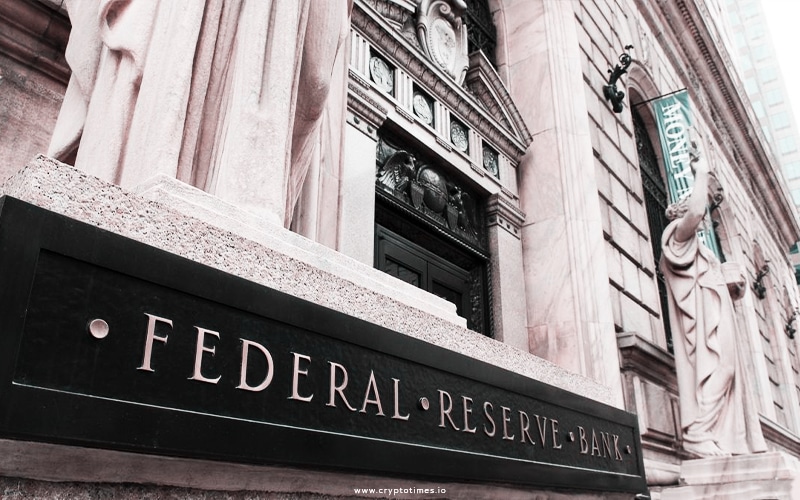In a recent revelation, Michael Barr, a top official from the Federal Reserve, underscored the necessity of bringing stablecoins under a stringent federal regulatory umbrella. During his address at a conference in Washington D.C., Barr articulated the Federal Reserve’s keen interest in ensuring stablecoins operate within an appropriate federal prudential oversight framework.
He emphasized the criticality of this move, pointing out that stablecoins, by being pegged to government-issued currency and serving as both a payment medium and a store of value, essentially “borrow the trust of the central bank.”
Navigating the Legislative Landscape
The Federal Reserve has proactively bolstered its supervisory mechanisms, particularly concerning stablecoins. As of August, it has implemented new guardrails to fortify the supervision of banks engaged in stablecoin activities. Additionally, Barr has voiced his deep concerns regarding issuing stablecoins without comprehensive federal oversight.
Simultaneously, legislative debates and discussions are in full swing in Congress, focusing on how best to regulate stablecoins to establish a cohesive federal framework. Progress is evident, with the House Financial Services Committee advancing a stablecoin bill, though not without its fair share of criticisms and calls for refinements.
Concurrently, the Federal Reserve is diligently researching central bank digital currencies (CBDCs). Barr clarified that any decision to proceed with a CBDC would necessitate clear support from the executive branch and authorizing legislation from Congress. The ongoing research encompasses various facets of digital assets, from end-to-end system architecture and ledger maintenance to tokenization and custody models.
The Federal Reserve, under the vigilant eye of officials like Michael Barr, is steering the course toward a regulated, transparent, and secure future for stablecoins and digital assets at large. This move not only aligns with the government’s financial stability and integrity goals but also responds proactively to the evolving landscape of digital finance.
Also Read: Hong Kong Plans Stablecoin Regulations by Mid-2024






